The eastern area of Yushan National Park has both land and water ecosystems. The land ecosystem includes at least four vegetation belts. Among them, deciduous forest and semi-deciduous forest with juglans cathayensis dode are rare in other parts of Taiwan. The temperate evergreen broadleaf forest belt in Walami Trail is distributed in a lower elevation (900 to 1,800 meters), which is significantly different from that of the western mountains. The various forms of rock plants and microhabitat changes along the Batongguan Traversing Trail are also the special characteristics of the ecological environment in this area. The mainstream and tributaries of Laklak Stream make up the water ecosystem in the area. There are various stream environments, such as rapids, slow currents, shallow grounds, deep ponds, low-flow currents, and waterfalls. The water flows in rainy seasons and non-rainy seasons can fluctuate greatly, which is typical for an alpine stream. Both the land and water ecosystems have nurtured lots of animals. Besides many conservation animals, the stream has two species of fish endemic to eastern Taiwan, onychostoma alticorpus, and hemimyzon taitungensis, making the ecological environment of the eastern area even more precious.
Plants
Based on the past literature and records on species that appeared in the eastern area of the park, there are at least 527 species, 360 genera, and 125 families of vascular plants, including 165 species of ferns, 9 species of gymnosperms and 45 species of dicots.
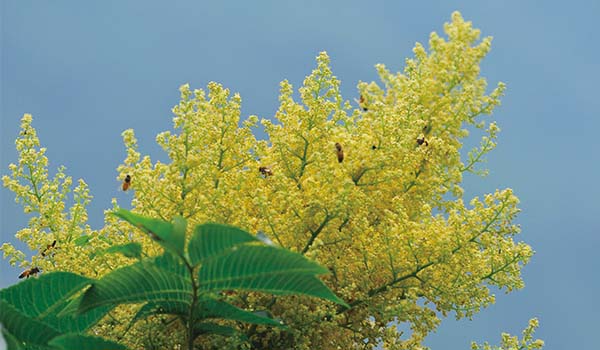
Subtropical broadleaf evergreen forest belt
Subtropical broadleaf evergreen forest belt: 250 to 750 meters
The elevation of the forest belt is about 250 to 750 meters. The vegetation and that of the temperate broadleaf evergreen forests used to have many camphor trees back in the day. During the Japanese colonial period, camphor-making facilities were established in the Huangma area. Most of the camphor trees were cut down during the Japanese colonial period, and they are almost non-existent in the existing secondary forests. Ring-cupped oaks make up most of the mature forests within this vegetation belt in the eastern area, especially machilus philippinensis (more of ring-cupped oaks, machilus philippinensis, common schefflera and ficus ampelas burm, and the subdominant trees are flying moth tree, bishop wood, large-leaved nanmu, and styrax suberifolia), and the vegetation for early ecological succession has India-charcoal trema and turn in the wind (with India-charcoal trema and turn in the wind as the dominant species, and the subdominant species are flying spider-monkey tree fern, Korean mulberry, glochidion rubrum blume, and nutgall tree).
Warm temperate broadleaf evergreen forest belt: 700 to 900 meter
The vertical distribution in the eastern area of the park is relatively narrow, ranging from 700 to 900 meters. It is obviously squeezed by the upper and lower layers of vegetation belts, which means that the number of representing species decreases, and there are not as many types of typical vegetations. Ring-cupped oaks make up most of the species within this vegetation belt, especially phoebe formosana (the more dominant ones are ring-cupped oaks, phoebe formosana and cinnamomum insulari-montanum, and other important subdominant species are engelhardia roxburghiana wall, lindera, styrax suberifolia, black heart cherry, itea parviflora, Japanese elaeocarpus and elaeocarpus sylvestris). The succession of this vegetation belt in the early days has the pioneer community of juglans cathayensis dode (juglans cathayensis dode being the dominant species, followed by Formosan gum, Acer serrulatum, alangium chinense, and Japanese elaeocarpus) and phoebe formosana transition community (juglans cathayensis dode, phoebe formosana, cinnamomum insulari-montanum and other afforestation species such as beech and fir).
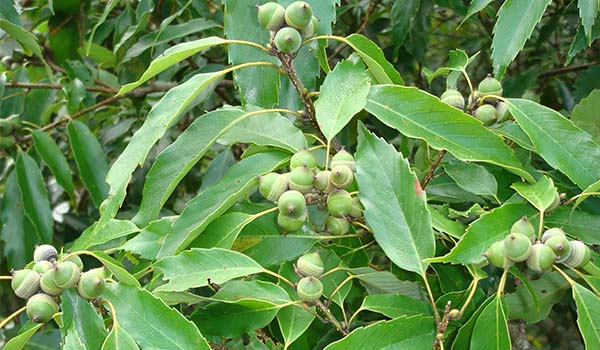
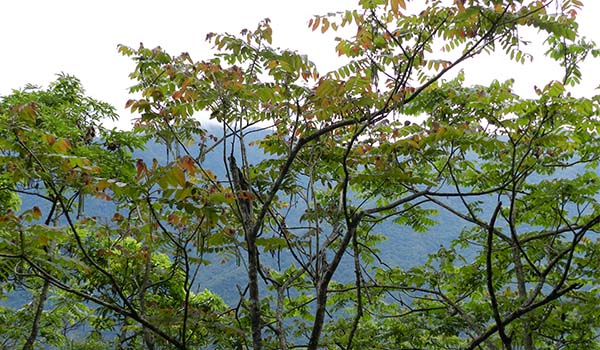
Distributed at an elevation from 900 to 1,800 meters, the part along Batongguan Traversing Trail has the more complete broadleaf evergreen forests. Other than the mature forests with wider coverage, such as lithocarpus megalophyllus-machilus pseudolongifolia community (lithocarpus megalophyllus, machilus pseudolongifolia, phoebe formosana, lithocarpus lepidocarpus, and magnolia compressa), there are Formosan alder-miscanthus floridulus pioneer community (Formosan alder, miscanthus floridulus) and juglans cathayensis-machilus pseudolongifolia transition community (juglans cathayensis, machilus pseudolongifolia, and lithocarpus megalophyllus).
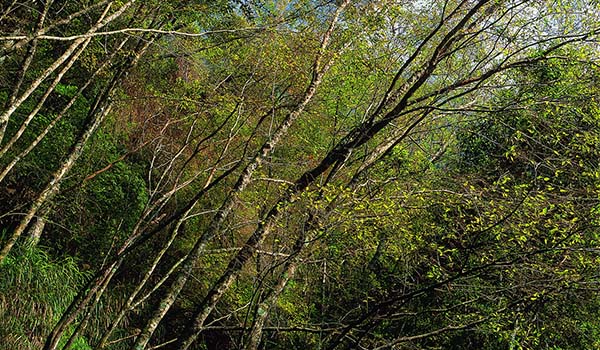
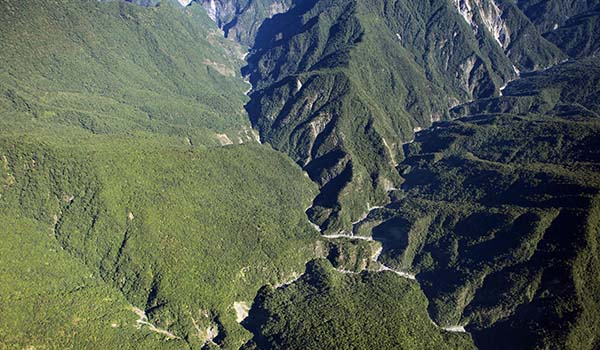
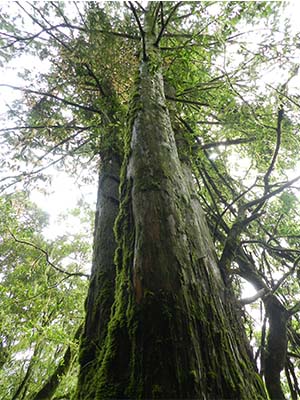
chamaecyparis formosensis
Temperate coniferous and broadleaf mixed forest belt: 1,800 to 2,400 meters
In the eastern area of the park, besides the decline in the vertical distribution of temperate broadleaf evergreen forests, there is also a decline in the vertical distribution of temperate coniferous and broadleaf mixed forests. The elevation of distribution for this vegetation is between 1,800 and 2,400 meters. There are many types of conifers in this vegetation belt, such as chamaecyparis formosensis, pinus morrisonicola, Taiwan red pines, pseudotsuga wilsoniana, Taiwan spruce, Taiwan cow's-tail pine, taxus sumatrana, and Taiwania cryptomerioides Hayata.
Animals
The eastern area of the park is one of the regions with the richest biodiversity in Taiwan. There have been preliminary studies of large mammals, especially on the ecological habits of Taiwan black bear, Reeves's muntjac and Formosan sambar deer, and aquatic animals (including amphibians), while there are still few studies of birds, insects, and other invertebrates. Studies in recent years have found that the Dafen mountain area is an important habitat for the core group of black bears in Taiwan. Molecular biological species identification has found about 120 bears, and most of the entities would go to the outskirt of Yushan National Park, such as the neighboring indigenous tribes, highway, and Walami Trail. There were also a few incidents involving black bears, such as a black bear causing a nuisance at a cabin in Xianyang in 2015, a small bear from Nan-an walking on the trail in 2018, an incident with a cabin by Lakuyin Creek in 2019, Nanxi Conservation Research Station incident and black bears going through trash bins at a cabin in Lulin, which would become an important issue for the management of conservation of black bears Yushan National Park.
Mammals
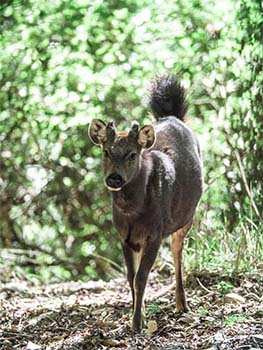
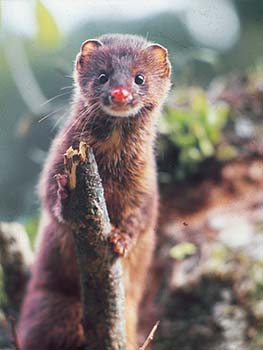
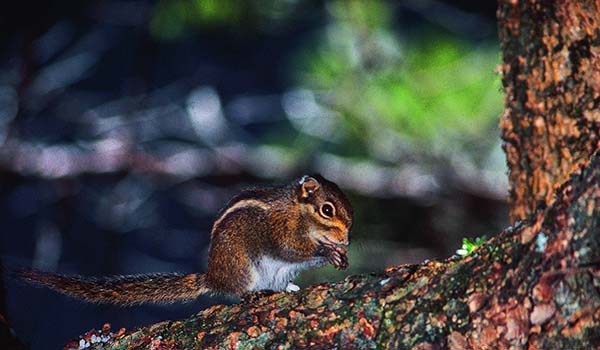
A total of 21 species of mammals have been found in the eastern area of the park, including 8 species of small muroids mammals such as Formosan giant red flying squirrel, Formosan white-headed flying squirrel, Taiwan field mouse, mustela sibirica, Coxing's white-bellied rat, red-bellied squirrel, dremomys pernyi owstoni and Formosan striped squirrel, and 16 species of medium- and large-sized mammals, of which Formosan rock macaque, Formosan gem-faced civet, Formosan serow, black bear, Formosan sambar deer, crab-eating mongoose, Siberian weasel, and yellow-throated marten are fairly common. In 2015, the 11 bat roost boxes established in Walami Trail were found to have at least five kinds of bats, Taiwan tube-nosed bat, hipposideros armiger, kerivoula furva, myotis secundus and murina recondita.
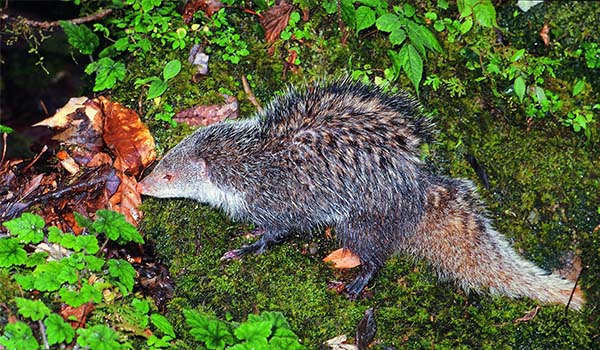
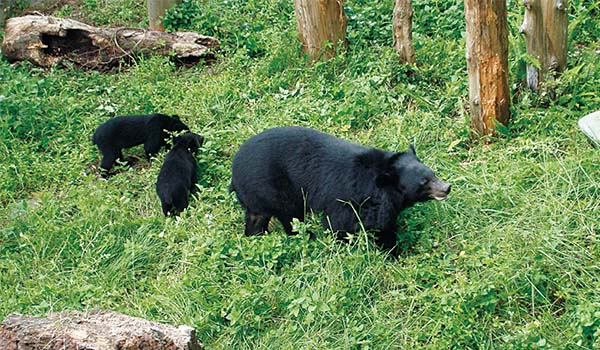
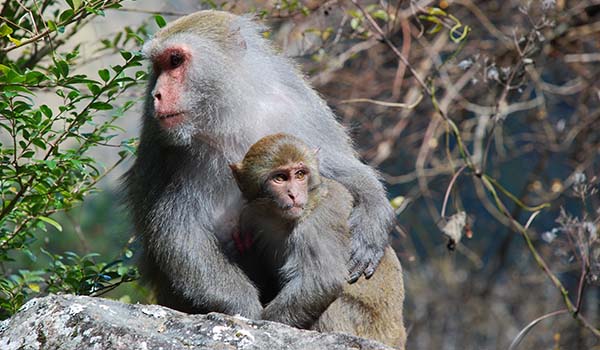
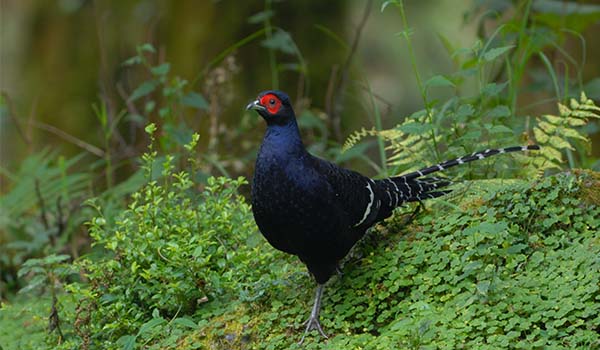
Birds
At present, 40 species of birds have been recorded in the eastern area, and the common ones are crested serpent eagle, tawny fish owl, Mikado pheasant, Swinhoe's pheasant, Taiwan partridge, Taiwan whistling thrush, Taiwan yuhina, white-eared sibia, steere's liocichla, black-throated bushtit, green-backed tit, grey-chinned minivet, little forktail, plumbeous water redstart, and maroon oriole.
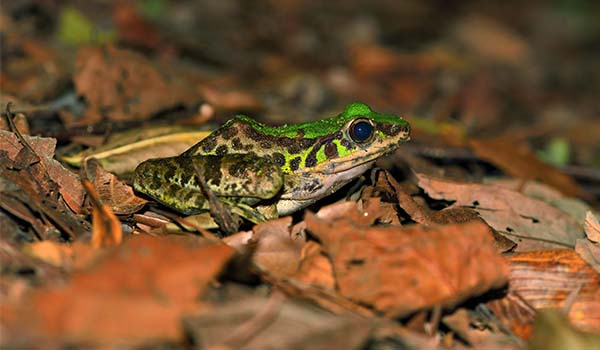
Amphibians
At present, a total of 6 species in 3 families of amphibians have been identified, and they are under true toad, true frog, and rhacophoridae families. Odorrana swinhoana, zhangixalus moltrechti, and buergeria robusta are endemic to Taiwan. The croaking of odorrana swinhoana frogs sounds like birds chirping and can be heard everywhere, and tadpoles of Bufo bankorensis are often seen in groups in the slow flow or stagnant water of various streams and rivers.
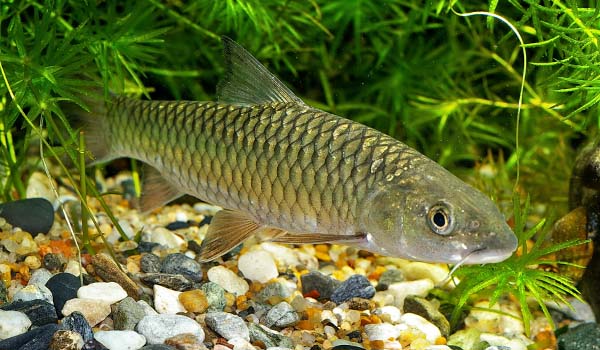
Fish
At present, 11 species under 4 families of 3 orders have been identified, and giant mottled eel and Indian shortfin eel are the results from surveys conducted with the local indigenous people. Among the 11 species of fish, 7 are freshwater fish, including onychostoma barbatulum, onychostoma alticorpus, spinibarbus hollandi, opsariichthys pachycephalus, acrossocheilus paradoxus, hemimyzon taitungensis, and rhinogobius delicatus, and 4 are migratory freshwater fish, including sicyopterus japonicus, rhinogobius gigas, giant mottled eel, and Indian shortfin eel.
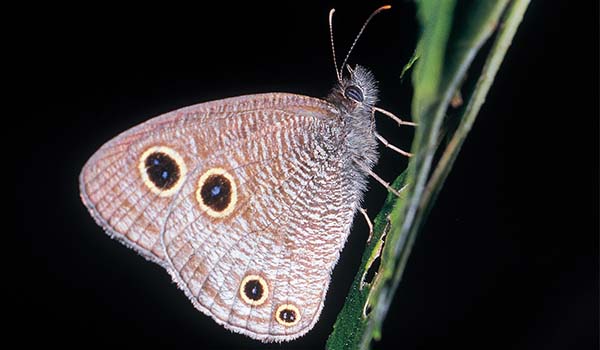
Invertebrates
A total of 112 species of butterflies have been recorded in the eastern area of the park in previous studies, of which 5 species are dominant, and they are Ypthima multistriata, euploea tulliolus, eurema, euploea and pale grass blue. As for insects, there have been more discoveries of aquatic insects in the Laklak stream basin. There are 9 orders, Decapods, Trichoptera, Hemiptera, Neuroptera, Mayfly, Odonata, Coleoptera, Coleoptera and Diptera, in 47 families such as heptageniidae, baetidae, ephemerellidae, ephemeroptera, gomphidae, aeshnidae, euphaeidae, perlidae, nemouridae, gerridae, nepidae, corydalidae, hydropsychidae, chironomidae, rhagionidae, tipulidae, simuliidae, blephariceridae and others. As for malacostraca, there are caridina multidentata, caridina japonica, candidiopotamon rathbunae, and geothelphusa bicolor.